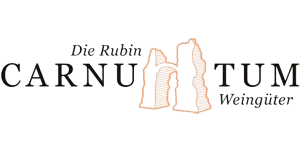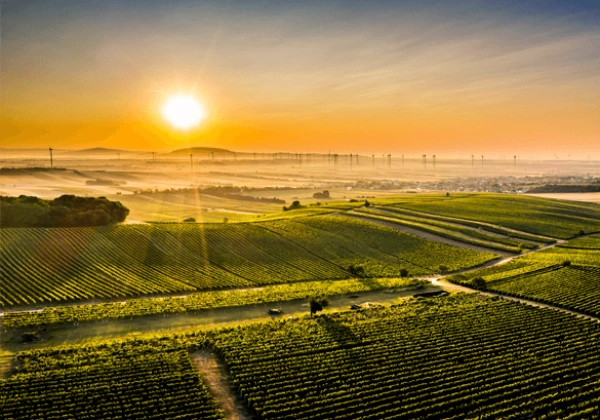A return to deep-seated strengths
For much of the 1990s and 2000s, winegrowers seemed determined to prove that they could produce wines in an international style. By the 2010s, however, they began to embrace a focus on the region's intrinsic values as a way to raise its profile. Several projects worked in this direction.
The Spitzerberg was the site of new initiatives for Blaufränkisch at the highest level.
The Arbesthaler Hügelland by contrast saw a working group formed to look closely at Zweigelt and to experiment with unlocking its potential as a top variety.
In collaboration with the Geological Institute, a large-scale geological study was conducted on Carnuntum's various vineyard sites. The study explored more than just soil structures and their historical origins; it also analyzed the rieds’ varying capacities to store water and warmth and their wind exposition. The parameters it established confirmed the practical experiences of the winemakers—while helpfully providing explanations for them as well.
All of which channeled the focus onto single sites. Carnuntum was, until that point, known for its blends labeled under fanciful names. Now the attention was drawn from the cellar to the vineyard, and single site wines soon became the focus of the region’s elite offerings.
Entry into the Verein der Österreichischen Traditionweingüter (2018) and approval as a DAC (2019) then proved both manageable—and logical—steps.
New single sites in Carnuntum were classified as Erste Lage, and since then have borne the 1ÖTW symbol on their label: Stuhlwerker, Schüttenberg, Rosenberg, Haidacker, Bärnreiser, Steinäcker, Aubühl, Kirchweingarten, and Spitzerberg.
What remains to be determined is the status of the village-level Ortsweine. At present, Ortsweine are allowed from Stixneusiedl, Göttlesbrunn, Höflein, Petronell, Hainburg, and Prellenkirchen. But the final roster is still under discussion.












